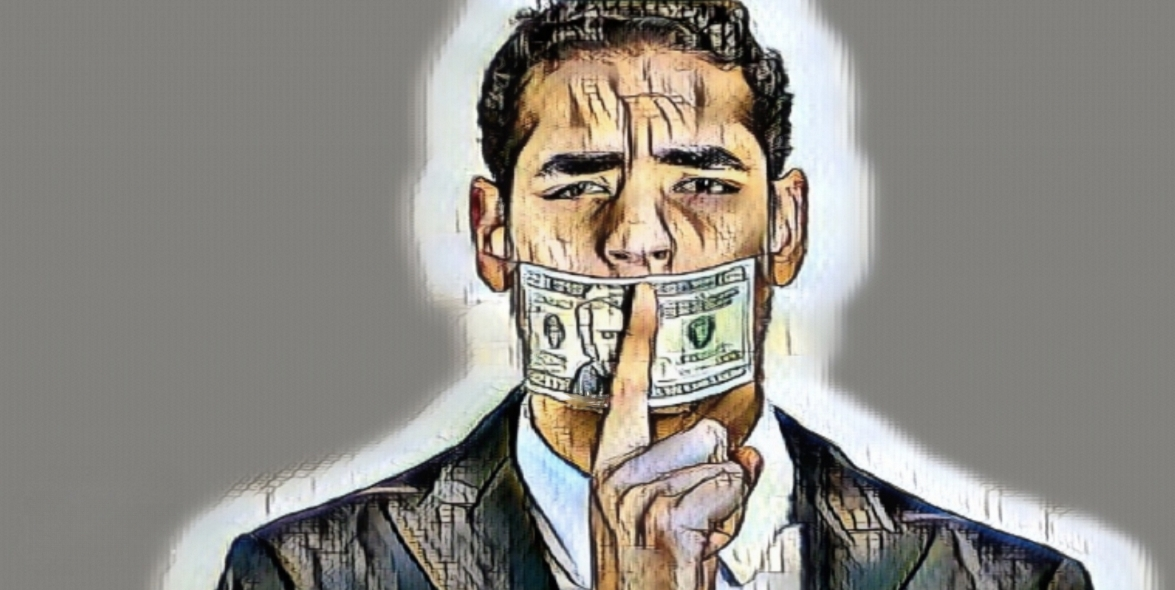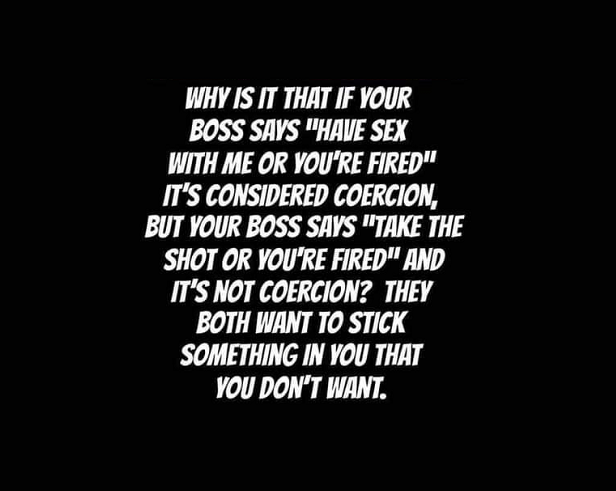In the heart of Washington, D.C., where the powerful convene and decisions shape the destiny of a nation, a sinister underbelly thrives, concealed beneath the façade of authority. The disconcerting practice of Congress using taxpayer funds to address sexual harassment claims casts a chilling shadow over the corridors of power. Within this shadowy realm, the struggle for justice, accountability, and integrity unfolds against a backdrop of manipulation and moral decay, revealing a darker narrative that echoes far beyond the walls of the Capitol.
A Permeating Problem
The corridors of power within the United States Congress harbor a darkness that defies the grandeur of the marble halls and lofty rhetoric. The specter of sexual harassment claims, like a malevolent force, has infiltrated the very heart of the political landscape. While Congress drafts laws that claim to uphold justice and equality, it struggles to grapple with its own demons.
Within this realm of power and influence, the names of those accused of sexual harassment remain shrouded in secrecy, hidden from the same public whose tax dollars fund their comfortable salaries. The darkness deepens as the perpetrators retain their anonymity, shielded by a veil of deceit that further erodes the trust citizens place in their supposed elected representatives. This concealment is a potent reminder that even within the hallowed halls of democracy, shadows can stretch far and wide, perpetuating a culture of silence and impunity.
Unveiling the Layers
Congress has attempted to confront its demons and adapt to changing times through policy evolution. The Congressional Accountability Act (CAA) of 1995, a response to the Anita Hill-Clarence Thomas hearings, attempted to extend workplace safeguards to legislative employees, acknowledging the need to combat harassment. This step towards acknowledging the issue was an admission of its pervasiveness and an attempt to keep the darkness at bay.
Despite these efforts, shadows of doubt continued to loom. Critics alleged that the labyrinthine procedures for handling claims bred confusion and opacity. In the gloom, whispers of secrecy and a refusal to hold the mighty accountable grew louder, casting doubts on whether justice was truly being served.
The seismic tremors of the 2017 #MeToo movement jolted Congress awake. The movement’s resounding cry against sexual harassment and abuse resonated even within the imposing walls of the Capitol. In response, the CAA underwent a facelift in 2018, with streamlined mechanisms for reporting and handling harassment claims. This newfound commitment to change appeared to acknowledge the pervasive darkness, but could it dispel the shadows entirely?
The Dark Nexus of Taxpayer Funds
One of the most troubling aspects of the saga is the use of taxpayer funds to manage sexual harassment claims involving lawmakers and their staff. These funds, intended to ensure fair investigations and provide legal support to both accusers and the accused, raise disconcerting questions about ethical boundaries and fiscal responsibility.
Yet, the whispers of critics grow louder: Do taxpayers bear the burden for the transgressions of their representatives? Some people say that the system is about making sure that even the powerful are treated fairly. Detractors, however, argue that this practice inadvertently fuels impunity, a stark manifestation of the darkness plaguing the corridors of power.
The Unveiling of Shadows
Criticisms abound, puncturing the illusion of ethical clarity that Congress attempts to maintain:
- Shrouded Accountability: The mechanism for addressing sexual harassment claims often appears as a maze leading to a dead end. Accusations can languish without investigation, and settlements can morph into hushed whispers without just resolution.
- Veil of Silence: The unsettling practice of settling cases with nondisclosure agreements shrouds victims’ voices in silence. This secrecy entombs their experiences, exacerbating the cycle of darkness and denial.
- Taxpayer Burden: The murky reality of taxpayer funds used for settlements gnaws at the moral fabric. The burden of funding settlements involving misconduct by elected officials rests uneasily on the shoulders of citizens, breeding distrust in an already disillusioned populace.
- Imbalance of Power: Critics argue that the financial lifeline extended to accused lawmakers skews the scales of justice. This fiscal discrepancy can deter victims, silencing their voices and perpetuating the darkness within.
- Evasion of Accountability: In the darkest corners, whispers of a system manipulated for personal gain grow louder. Accusations emerge that lawmakers might manipulate taxpayer funds to muzzle accusers, evading accountability while a cloak of darkness shields them.
Dark Horizons: The Perilous Path Forward
As the storm clouds gather, it’s essential to confront the shadows head-on and seek a path out of the labyrinth of darkness. Potential reforms beckon as rays of light piercing the gloom:
- Illuminating Transparency: Breaking the chains of secrecy is the first step. Transforming nondisclosure agreements to allow victims to share their stories while preserving privacy can breathe life into the truth.
- Guardians of Integrity: The creation of an impartial, independent body to oversee harassment investigations can dispel the shadows of conflict of interest. Comprising experts and representatives from advocacy groups, this entity could cast light on the truth.
- Curtailing Settlements: Setting limits on taxpayer funds for settlements might bar the path to abuse. Requiring lawmakers to contribute personal funds to settlements could forge a pathway to personal responsibility.
- Planting Seeds of Change: A proactive approach involving comprehensive training and education can root out the darkness at its core. A culture of respect can flourish, weakening the hold of harassment and power imbalances.
- Seeking Redemption: Exploring restorative justice as an alternative path to punishment may foster healing. Addressing the harm caused and nurturing an environment of understanding can dim the allure of darkness.
Final Thoughts
Within the chambers of Congress, a sinister tapestry of secrecy, power, and disregard for accountability remains woven into the very fabric of governance. The saga of taxpayer funds financing sexual harassment claims is a harrowing reflection of an institution shrouded in darkness, where the pillars of justice crumble under the weight of hypocrisy and moral erosion.
As night falls on the nation’s capital, the looming specter of corruption and exploitation casts a suffocating chill. The veneer of a Constitutional Republic obscures the bleak truth – that the halls of Congress, once heralded as bastions of representation, have been corroded from within by the insidious forces of misconduct and concealment.
In this twilight realm, whispers of reform stand as feeble echoes against the cavernous chambers of power. The labyrinthine network of complicity and deceit seems insurmountable, stifling the cries for justice that are often drowned out by the relentless cacophony of manipulation and self-interest.
As the abyss of darkness swallows the hope of true transformation, the nation grapples with the stark realization that the path to redemption may be a mirage. The threads of trust that once bound citizens to their elected representatives fray, leaving behind a tattered tapestry of disillusionment.
In this realm of moral decay, the question lingers – can the light of accountability pierce through the shadows, or will the abyss continue to devour the last vestiges of integrity? As the nation watches, it confronts the unsettling truth that the battle for justice within the heart of power is a grim struggle against a tide of darkness that threatens to consume all in its wake.










